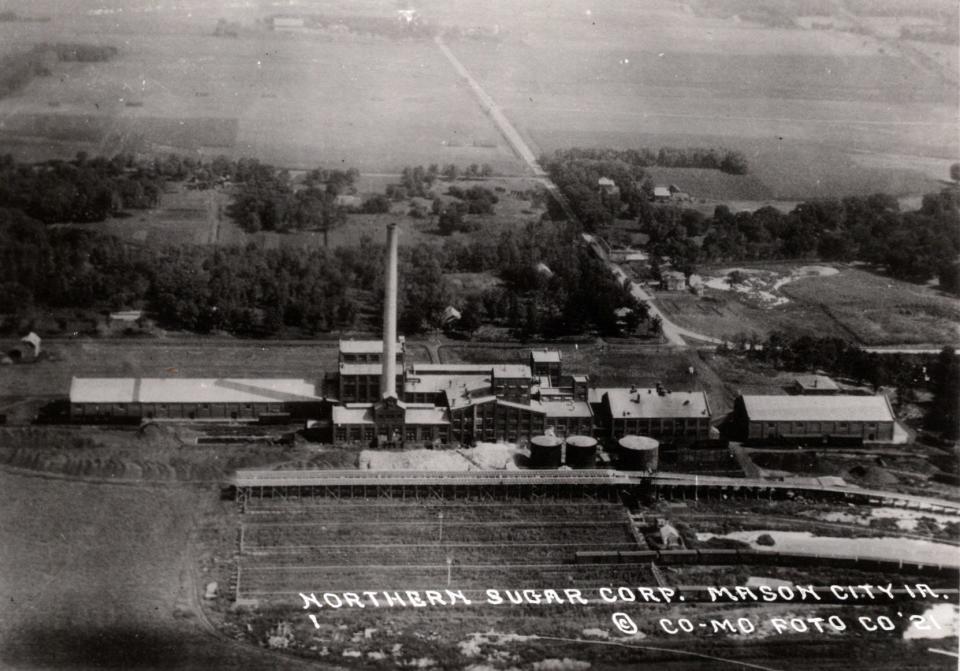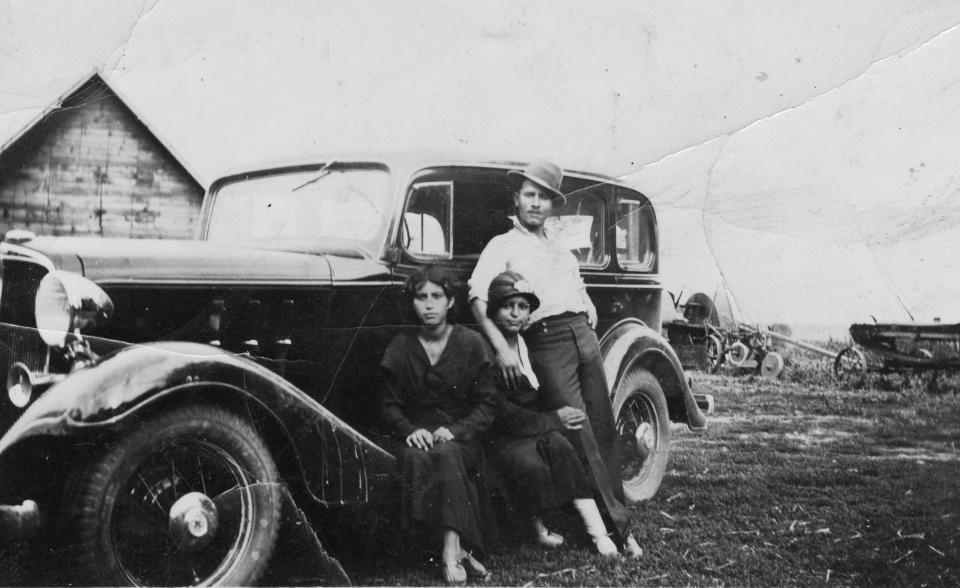Iowa History Month: How an immigration boom in the 1920s helped shape Iowa’s culture
People with Mexican ancestry have been in Iowa as early as 1861, and several served in Civil War regiments. Mexican natives who enlisted from Iowa towns included Nicholas LaCosta of McGregor, Antonio Vericio of Tipton and Francisco Coster of Clarinda. All served in cavalry units.
People with Mexican heritage would not have a major presence in Iowa until about 1920. In 1900, the federal census recorded only 29 people with Mexican nativity. The number increased to 620 in 1910, and the population reached 2,650 in 1920. One of the communities benefiting from this growth was Mason City, where the total population nearly doubled from 11,230 in 1910 to 20,065 in 1920. While eastern and central Iowa towns attracted Mexican workers for railroads, the laborers in sugar beet production and the cement industry in Mason City are less documented.
In a state where corn and soybeans dominate today, in the early 1900s sugar beets became an important farm product in north-central Iowa. In 1910, it was reported Cerro Gordo County alone produced 2,700 acres of the crop. The 1920 federal agricultural census reported that statewide production was 52 tons on 7,009 acres over 309 farms. Hancock County held the most cropland in beets with over 3,835 acres reported followed by Wright, Kossuth, Worth and Cerro Gordo counties. By 1920, Waverly, Belmond and Mason City had sugar plants. When prices for other commodities collapsed after World War I, sugar beets served as an important alternative.

As sugar beets became a market crop, political strife had pushed people out of Mexico. White workers avoided the hard labor required to produce sugar beets. Although mechanically planted, like other crops sugar beets required much human labor. The seeds were planted in a continuous row, and to prevent the plants from stunting each other, all seedlings except a clump every 10-12 inches were removed by hand tools and hand pulling.
Children and adults were hired to thin the clumps to a single plant by hand pulling as well as subsequent hoeing of the field two or three times to remove weeds. The final step of pulling and cutting off the tops also was performed by hand. It was often contract workers, many with Mexican ancestry, who took on these jobs.
This role was confirmed in an interview done with Leon and Maria Vega of Mason City in August of 1933 by the town’s Globe-Gazette newspaper. Their son Luis assisted in interpreting their answers. Leon initially came to Valley Junction in Polk County but moved to Mason City to work at the Lehigh Cement Factory.
Like many Iowans, the Vegas struggled during the Great Depression. Maria and some of their children worked as laborers in sugar beet production as Leon had uneven employment in the cement plant. In the interview, Leon stated four children worked in beet fields, as well as he and Maria. He expressed his hope for the future and remarked that their “children were faring better by my coming to the United States.” Their optimism was rewarded, as by the mid-1950s, the family owned a home, as opposed to living in a corn crib in 1933.

These residents shared their cultural celebrations, too. The community of Mason City held one of the state’s earliest Cinco de Mayo programs. In 1932, the Mason City Globe-Gazette reported the First Methodist Church hosted approximately 300 attendees in a room “artistically decorated in flags and festoons and pictures representing heroes of Mexico and America.”Iowa State student Guillermo Cabrera of Mexico City provided remarks on life in Mexico. The program concluded with the singing of the U.S. and Mexican national anthems.
To fully understand state and national history, it is important not only to study how immigrant groups made Iowa their home, but also look at geographic variation. The residents of Mason City with Mexican heritage strived to build their lives, as well as their community and the United States with a deep dedication to family and the future. These stories are part of the rich mosaic of Iowa history.
Leo Landis is the state curator for the State Historical Society of Iowa. His essay is one of a series the society is sharing throughout March, which is Iowa History Month. To learn more, visit history.iowa.gov.
March is Iowa History Month
To celebrate Iowa History Month, the Register has published weekly essays from leading state historians.
This article originally appeared on Des Moines Register: Iowa History Month: How Mexican immigrants created community in Iowa

